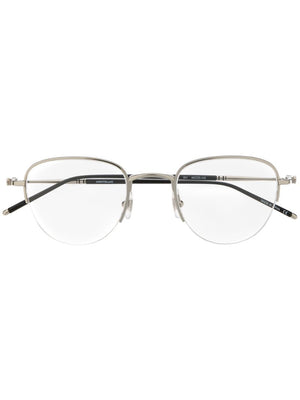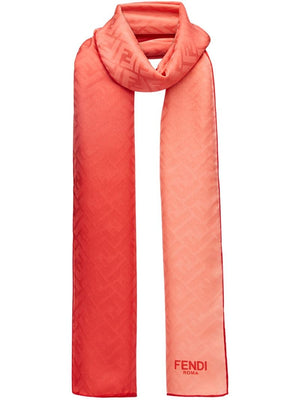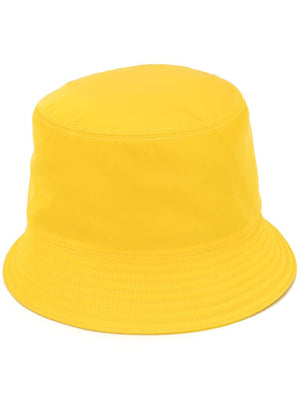Sold out
Zoom the image with the mouse
19th century multicolored gold locket
$1,737.94
customers are viewing this product
PRODUCT INFORMATION
DETAILED PRODUCT DESCRIPTION
"Antique jewelry object group: locket and pendant
Country of origin: France
Style: Victorian - In 1837 Queen Victoria begins the longest reign in the history of Great Britain. For 64 years, from 1837 till 1901, she symbolizes the growth and triumph of the British Empire as Queen of Great Britain and Ireland and Empress of India. Proud, passionate about beautiful things, highly educated about all styles of time, she influences the lifestyles through her taste and immense love of jewelry.
Victorian decorative arts refers to the style of decorative arts during the Victorian era. The Victorian era is known for its eclectic revival and interpretation of historic styles and the introduction of cross-cultural influences from the middle east and Asia. The Arts and Crafts movement, the aesthetic movement, Anglo-Japanese style, and Art Nouveau style have their beginnings in the late Victorian era. (Last part freely rendered from: Wikipedia)
Style specifics: The Romantic Victorian Period - Experts divide the reign of Queen Victoria, also called The Victorian era (1837-1901) in to three peiods of about twenty years each; The Romantic Victorian Period (1837 - 1860), The Grand Victorian Period (1860 - 1880), and the Late or Aesthetic Victorian Period (1880 - 1901).
We consider this to be of the Romantic Victorian Period. This period covers the coronation of Victoria as Queen of Great Britain and Ireland, and her marriage to King Albert and their love, their devotion to their marriage and to their country are the sources of inspiration for this period. The jewels of this period are made of intricate carvings, special techniques where the enamel is subtly worked. These techniques allowed to give the jewel a certain opulence with less precious metal needed. As precious metals were really rare at that time. Highly favored (semi-) precious stones in this period are amethyst, coral, garnets, seed pearls and turquoises. The connotation is obviously sentimental, symbolic and romantic with reminiscent Gotic and/or Renaissance patterns and an abundant use of motifs like anchors, birds, branches, crosses, hearts and snakes.
Period: ca. 1860
(events and facts in 1860)
Source of inspiration: Mother Nature (see also: flower symbolism)
Material: 18K tri-color (red, yellow, green) gold
(more info on precious metals)
Extra information: Locket - A locket is a pendant that opens to reveal a space used for storing a photograph or other small item such as a curl of hair. Lockets are usually given to loved ones on holidays such as Valentines Day and occasions such as Christenings, weddings and, most noticeably during the Victorian Age, funerals.
Lockets are generally worn on chains around the neck and often hold a photo of the person who gave the locket, or they could form part of a charm bracelet. They come in many shapes such as ovals, hearts and circles and are usually made of precious metals such as gold and silver befitting their status as decorative jewellery.
Lockets usually hold only one or two photographs, but some specially made lockets can hold up to eight. Some lockets have been fashioned as spinner lockets, where the bail that attaches to the necklace chain is attached but not fixed to the locket itself which is free to spin, this was a common style in the Victorian Age.
Keepsake lockets can also be made with a glass pane at the front so that what is inside can be seen without opening the locket. These lockets are generally used for items like locks of hair which could fall out and become lost if the locket was repeatedly opened, whereas photograph lockets are generally enclosed on all sides and the photographs are secured by pieces of clear plastic.
Another kind of locket is/was made in a filigree style with a small cushion in the centre to which a few drops of perfume should be added, perfume lockets were popular in eras when personal hygiene was restricted and sweet smelling perfume was used to mask the odour of a person or their companions. (from: Wikipedia)
Precious stones: Five seed pearls
(more info on precious stones)
Birthstones: Pearl is the birthstone (or month stone) for June.
(more info on birthstones)
Hallmarks: The French control mark for 18K gold representing an eagles head that was in use in France from about 1838.
(more info on hallmarks)
Condition: excellent condition
(more info on our condition scale)
Dimensions: height 4.18 cm (1.65 inch), width 2.33 cm (0.92 inch)
Weight: 8.50 gram (5.47 dwt)
Reference N: 10343-0034
Copyright photography: Adin, fine antique jewelry
"
FAQ
How do I buy an item?
This is how you buy an item.
1. Click the “Buy It Now” button next to the item you wish to buy.
2. Unless you are already registered, enter your delivery address and click “Submit Order”.
3. We will keep your payment to the seller until you have received the item from the seller.
4. The seller gets payed.
1. Click the “Buy It Now” button next to the item you wish to buy.
2. Unless you are already registered, enter your delivery address and click “Submit Order”.
3. We will keep your payment to the seller until you have received the item from the seller.
4. The seller gets payed.
How do I negociate a price with a seller?
This is how to negociate a price with a seller.
1. Click the “Suggest a price” button next to the item you wish to buy.
2. Enter your price suggestion and unless you are already registered, enter your delivery address.
3. The seller will respond to you if he agrees on your suggested price or not.
4. Click the “Accept new price” button and your payment will be made.
5. We will keep your payment to the seller until you have received the item from the seller.
6. The seller gets payed.
1. Click the “Suggest a price” button next to the item you wish to buy.
2. Enter your price suggestion and unless you are already registered, enter your delivery address.
3. The seller will respond to you if he agrees on your suggested price or not.
4. Click the “Accept new price” button and your payment will be made.
5. We will keep your payment to the seller until you have received the item from the seller.
6. The seller gets payed.
How do I contact a seller?
Click the “Contact seller” button and type your question.




























